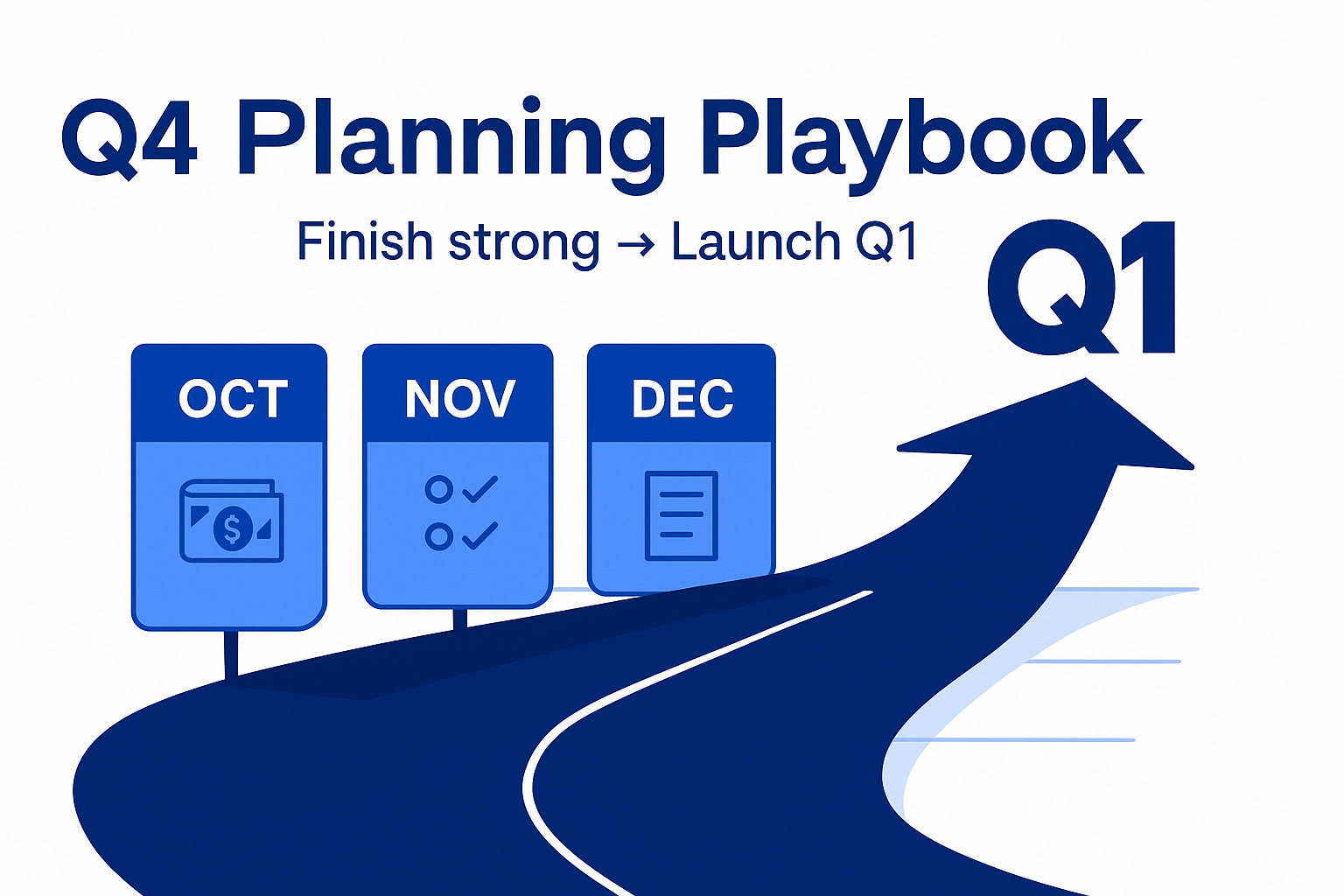
Buying a Tesla at the end of the year to lower your tax liability will probably be the worst dinner party tax advice for an unsuspecting online business owner.
95% of CleverProfits clients run their business entirely from their home office on their laptops. About 9 times out of 10, they do not qualify to claim any depreciation or vehicle deductions against their business income. This means that buying a vehicle in their business does not yield any tax benefit whatsoever.
For the rare business owner that DOES regularly travel to client sites and networking events, buying a vehicle for the business can provide a lucrative tax benefit. However, you must avoid the traps and pitfalls in order to maximize the vehicle deduction.
Business Vehicle Deduction: A Primer
The Tax Code allows business owners to claim vehicle deductions in limited circumstances. There are two methods you can use to claim a vehicle write-off on your tax return: the actual expense method or the standard mileage rate method.
Actual expense method
The first and most lucrative method is the actual expense method which allows you to claim deductions like:
- depreciation expense (including bonus depreciation or Section 179) on the purchase price
- interest expense on financing
- lease expense
- repairs and maintenance
- insurance
- gas
- taxes and fees
But to qualify for the full expense method, your business must meet two of these major requirements:
- The vehicle must be titled under the business’ legal name and paid for by the business
- You must drive at least 50% of the miles incurred for business only (see definition below)
- You must apply the ratio of miles driven for business to determine your deduction on all expenses
Ownership by the business or personal name
One big mistake many S-corporation owners make is buying or leasing the vehicle directly under their personal name. While this may be easier to do, it’s a grave error because the vehicle must be purchased/leased, title, and insured under the S-corporation in order for the business to claim the deduction.
The financier will run your business credit and will likely require a personal guaranty on the loan. Remember – correctly maintaining an S-corporation requires a separation between a church and state.
Vehicle leases
Leasing a vehicle is a great method to minimize the risk of vehicle ownership and spread out payments over time. It also allows you to upgrade your vehicle at the end of the lease if you prefer to change it up every few years. You also have the option to buy out the vehicle lease at the end of the term which could grant you significant flexibility if you want to keep the car.
If you lease the vehicle, you cannot claim depreciation expense. You should claim an auto lease deduction for your vehicle instead. The deduction for auto leases is slightly reduced under the luxury auto rules. In addition, any portion of personal miles driven must be adjusted for when claiming the lease deduction.
Business titling and insurance
Titling a vehicle under the business’ legal name means that you must purchase or finance the car in the business, insure the car in the business, etc. This means your business will need adequate credit in order to finance the purchase. Insurance rates are typically higher when used in a business versus personal.
Bonus depreciation and the 6,000 lbs rule
Vehicles depreciation is usually written off on your tax return unless you can claim bonus depreciation or Section 179 – two options to fully write-off assets you purchase in the first year.
Lawmakers were savvy enough to realize that business owners were getting massive write-offs for using their vehicles in their business. They passed the luxury automobile depreciation limits under Section 280F which create a ceiling on your annual depreciation expense on your vehicle. This ceiling also applies to bonus depreciation and section 179.
With this ceiling, your maximum first-year deduction of bonus depreciation is limited to $18,200. If you purchase a vehicle over 6,000 lbs, you can circumvent this ceiling and claim the full amount of bonus depreciation or section 179 on your vehicle. Note that you still need to apply the ratio of miles driven to determine your depreciation deduction.
Miles driven for business
The other requirement is making sure that at least 50% of the miles are driven for business.
What constitutes business mileage?
Business miles includes miles driven to visit clients or to attend business meetings. It does NOT include commuting miles driven from your home to the office. If you drive directly from your home to your client, you must subtract out the base commuting miles from your office first in order to qualify it as miles driven.
Business miles requires significant substantiation by the Internal Revenue Service. This means you must keep a log of all of your driving to and from client meetings, the miles are driven, and the business purpose. If you don’t meet the 50% requirement (determined annually), then you cannot use the actual expense method for the tax year. You can only deduct or reimburse mileage using the standard mileage rate method based on the standard rate for the tax year.
Standard mileage rate method
The second method is the actual mileage method which is more conservative, but a lot less lucrative. You can deduct $0.585 per business mile driven in 2022. While this is acceptable, it’s not nearly as good as the actual expense method in reducing your tax liability. We would defer business owners to this method only if they can’t meet the 50% business mileage minimum using the actual expense method.
Renting to your business instead
If you own or lease your vehicle under your personal name, you can still try and capitalize on the deduction with this workaround. You can sublet your vehicle to your business instead.
You would report rental income on your personal return and a lease deduction on your business return. You can also claim a depreciation deduction for the vehicle assuming you meet the requirements below.
Can I deduct my entire car for advertising?
No, unfortunately, the Tax Code only allows you to deduct based on miles driven for business. You can’t use your car in a few promotional videos and deduct the entire cost of your car… unless you plan on driving it off a cliff like a Fast & Furious production. You can’t slap on some advertising on your vehicle and try and use that to deduct your car either.
If it sounds too good to be true, the IRS has found a way to close the loophole. Depreciating your vehicle under the actual expense method (subject to the personal use rules) is the only way to deduct the entire vehicle in a normal business.
What’s the best way to deduct the largest amount possible?
If this is all too confusing, here is a short guide on the best way to maximize your vehicle deduction:
- Buy or finance a minimum 6,000 lbs vehicle close to the end of December
- Drive at least 50% for business once you purchase it – the more you drive, the bigger the deduction
This method will help you claim bonus depreciation on the full vehicle’s value for the full tax year without being limited by the luxury automobile ceilings.
If you need more help with navigating tax planning at year-end, CleverProfits can help. Schedule a consultation with an advisor today!
The Clever Writing Team
The CleverProfits writing team includes various team members in Advisory, Financial Strategy, Tax, and Leadership. Our goal is to provide relevant and easy-to-understand financial content to help founders and business leaders reach their true potential.






